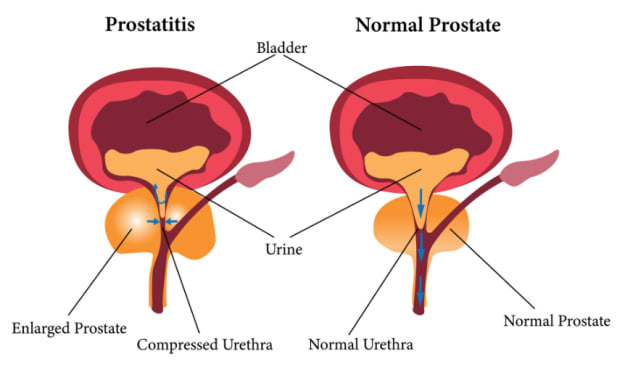How to Grow Aloe Vera in Pots
Actionable advice only.
Aloe Vera is called the "elixir of youth" or "plant of immortality", been used since ancient Egypt for its role in supporting health, as evidenced by an inlaid stone, discovered in an ancient tomb 3500 years ago.
It is not a pretentious plant but can be easily grown in an apartment, being one of the plants that purify the air in the house. To have a healthy plant, you just need to know a few tricks to take care of it.
It is grown in countries with mild climates, such as Australia, the Dominican Republic, Tanzania, Kenya, and South Africa.
The Aloe plant belongs to the Asphodelaceae family and has triangular, juicy, fleshy leaves with a serrated edge. The flowers are yellow and the fruit has many seeds. Most nutrients are found in the clear gel present in the leaves.
Find out how to grow aloe vera in pots and what are the optimal conditions in which it grows!
How to grow aloe vera in a pot
Aloe vera is not a fussy plant - it will grow harmoniously both in the garden and in a pot at home. The first thing you need to know about any plant is the amount of water it needs.
Aloe vera should not be watered excessively and should not be soaked in water. Therefore, it is important to choose a well-drained soil, such as a sandy or a cactus mix. Also, do not buy a pot that is too big, because the water will drain harder.
The bottom of the pot should have drain holes, otherwise, the roots of the plant may rot and it will be difficult to save it.
Aloe vera should be watered quite rarely during the winter when it will be much harder to dry. You probably won't need to do this more than once or twice a week.
If it is very hot in the house, but also during the summer, you can put more water on it, provided that you allow the soil to dry between waterings.
The easiest way to make sure it's time to water the plant is to use a toothpick to stick it in the ground 4–5 cm if the plant is small, or 6–7 cm if the plant is bigger.
If the toothpick does not come out dirty, it means that you can put water without problems.
The leaves of the aloe vera plant say a lot about its health.
Here's how to "read" them!
- they must grow upwards, at a distance from the base of the plant. If the leaves are falling, then the plant probably does not have enough light.
- it should not be in direct sunlight either, as it will burn. Put it next to the window, in a bright place, but without the rays hitting it directly;
- if the leaves are thin and twisted, then you probably do not water the plant enough;
- if you notice that the plant is growing too slowly, it is possible that the soil is too alkaline or that you have put too much fertilizer on it. Put it in a larger pot, make sure you have chosen a suitable, sandy soil, and, again, check if it has enough light.
When to move aloe vera to another pot
It is not necessary to change the pot of this plant until it has grown long enough for the top to become too heavy. After a while, the roots will intertwine and grow in circles, and new seedlings will appear on the surface of the soil, which you will have to remove and put in separate pots. If you do not do this, they will kill the mother plant.
A sign that this phenomenon occurs is when the leaves of the plant turn light green.
To grow aloe vera in pots, just make sure to water it when the soil is dry and keep it in a bright place, but not in direct sunlight. Without too much effort, you will be able to enjoy this plant that purifies the air in the house!
About the Creator
Enjoyed the story? Support the Creator.
Subscribe for free to receive all their stories in your feed. You could also pledge your support or give them a one-off tip, letting them know you appreciate their work.






Comments
There are no comments for this story
Be the first to respond and start the conversation.